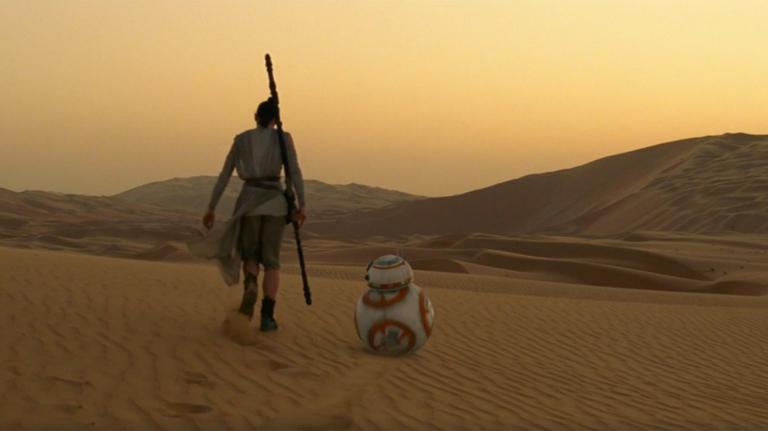Feeling proud of yourself for figuring out how to reuse that kimchi jar as a drum in your experimental bluegrass band? Well, the engineers at SpaceX just figured out how to reuse a giant space rocket.
Last night at 8:29 p.m., Elon Musk’s private space company launched its Falcon 9 rocket into orbit, deployed 11 commercial satellites, and then fired up the rocket’s boosters again to land the 1.2 million pound beast back on Cape Canaveral. It was a historic feat that came after two failed earlier attempts — one that ended in an explosion and one that ended in a tipped-over rocket.
This whole reusing rockets thing is a big deal, because as SpaceX engineer Lars Blackmore told MIT Technology Review, having rockets just drop off their payloads and then break up into the ocean is incredibly wasteful: “It’s basically like flying a 747 across the country and then, instead of refueling it, throwing it away.”
Blue Origin, the private space company owned by Amazon founder Jeff Bezos, also successfully landed a rocket last month, but its New Shepard rocket, designed for space tourism, had only ascended to suborbital flight, so it was less impressive.
Much of the hype around reusable rocketry focuses on how much money we could save by not having to rebuild these things all the time — the Falcon 9, for example, cost upwards of $60 million to build, according to the SpaceX website. But certainly, there are also substantial environmental benefits to not letting millions of pounds of metal just drop into the ocean every time we want to make a space delivery.
So if we are going to become a space-faring species one day, as Musk hopes, then it’s a good thing we’re figuring out how to do it sustainably right from the get-go. It would be super embarrassing if we had to flee Earth to escape climate change, only to end up trashing Mars and dying out anyway.




